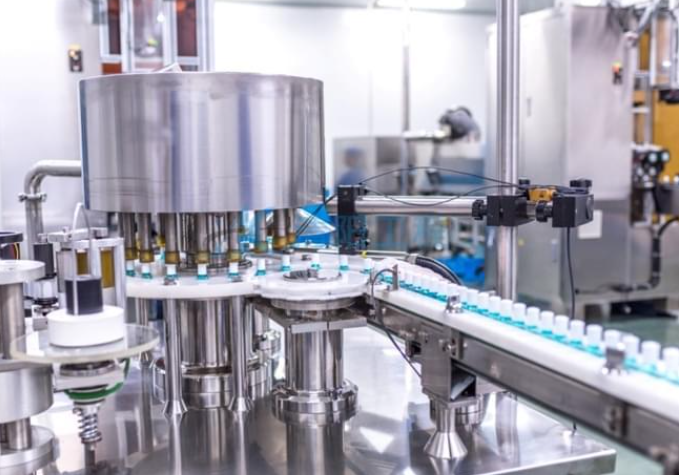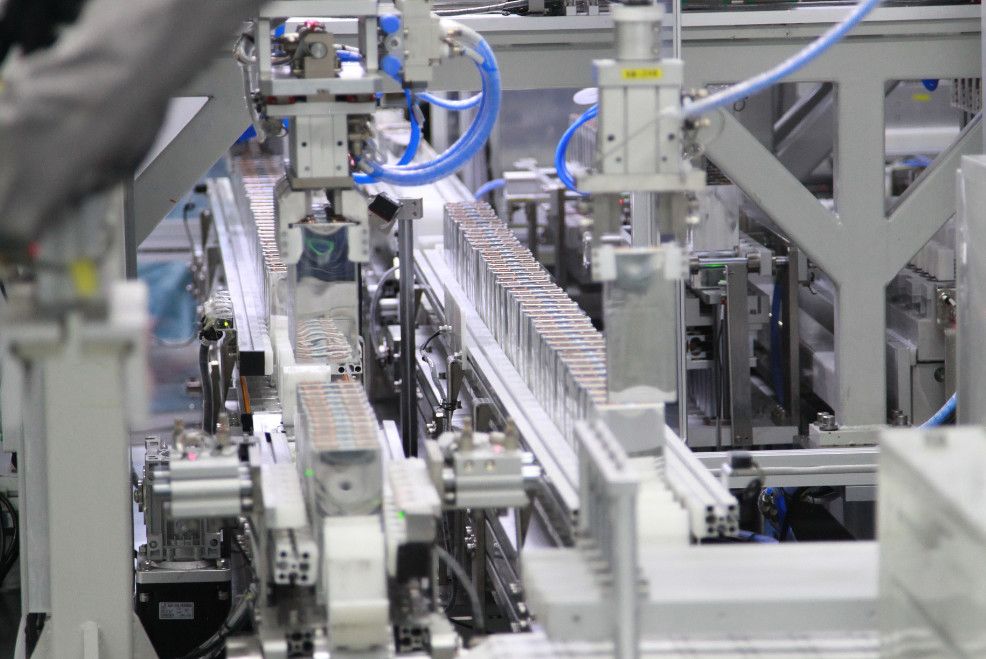In the world of pneumatics, the choice of fluid is crucial for the efficiency and effectiveness of systems that rely on compressed air to perform tasks. Whether you’re in manufacturing, automotive, or any industry that utilizes pneumatic systems, understanding the most commonly used fluid can significantly impact your operations. Compressed air stands out as the primary fluid in pneumatic applications, but why is that the case? Let’s dive into the details and explore the nuances of pneumatic fluids, their applications, and how to choose the right one for your needs.
Table of Contents
ToggleWhat is Pneumatic Fluid?
Pneumatic fluid refers to the medium used to transmit power in pneumatic systems. Unlike hydraulic systems that use liquids, pneumatic systems primarily utilize gases, with compressed air being the most prevalent choice. The primary function of pneumatic fluid is to create pressure that can be harnessed to perform mechanical work, such as moving actuators, powering tools, or controlling valves.
Key Characteristics of Pneumatic Fluids
- Compressibility: Gases are highly compressible, which allows for the storage of energy in a compact form. This property is crucial for the operation of pneumatic systems, as it enables rapid response and flexibility in applications.
- Temperature Sensitivity: The performance of pneumatic fluids can be significantly affected by temperature changes. As temperature increases, the pressure of the gas also increases, which can impact system performance if not properly managed.
- Moisture Content: The presence of moisture in pneumatic systems can lead to corrosion, freezing, and other issues. Therefore, managing humidity levels is essential for maintaining system integrity.

Why Compressed Air is the Most Commonly Used Fluid?
Compressed air is the backbone of pneumatic systems for several compelling reasons:
- Availability and Cost-Effectiveness: Compressed air is readily available in most industrial settings. It can be generated on-site using air compressors, making it a cost-effective solution compared to other fluids that may require specialized storage or handling. The infrastructure for generating and distributing compressed air is already established in many facilities, reducing the need for additional investments.
- Safety and Non-Toxicity: Compressed air is non-toxic and poses minimal safety risks. Unlike hydraulic fluids, which can be hazardous if leaked, compressed air does not present a significant environmental or health risk. This makes it an ideal choice for environments where safety is a priority, such as food processing, pharmaceuticals, and electronics manufacturing.
- Ease of Use and Maintenance: Pneumatic systems using compressed air are generally easier to maintain. The components are designed to handle air pressure, and the systems can be quickly repaired or modified without extensive downtime. Additionally, air compressors and related equipment are widely available, making it easy to find replacement parts and service providers.
What Are the Alternatives to Compressed Air?
While compressed air is the go-to fluid, there are alternatives that can be beneficial in specific scenarios:
- Nitrogen: Often used in applications requiring inert conditions, nitrogen is a great alternative. It is particularly useful in environments where moisture or contamination from air could be problematic. Nitrogen is also used in applications where the risk of combustion is a concern, as it does not support combustion.
- Carbon Dioxide: This fluid is sometimes used in pneumatic systems, especially in food and beverage industries. It can provide a higher pressure in a smaller volume, making it suitable for certain applications. However, CO2 can also lead to issues with moisture and requires careful handling to avoid pressure fluctuations.
- Specialty Gases: In industries like electronics or pharmaceuticals, specialty gases may be used for specific processes. These gases can offer unique properties that enhance system performance, such as improved thermal stability or reduced reactivity.
How Does Fluid Choice Affect Pneumatic System Performance?
The choice of fluid can significantly influence the performance of your pneumatic system. Here are some key factors to consider:
- Viscosity and Compressibility: The fluid’s viscosity affects how easily it can flow through the system. Compressed air, being less viscous, allows for quick response times and efficient operation. In contrast, fluids with higher viscosity may slow down the system, leading to delays in actuation and reduced efficiency.
- Temperature and Pressure Considerations: Different fluids have varying temperature and pressure tolerances. Understanding these properties is essential to ensure that your system operates within safe and efficient limits. For instance, using a fluid that cannot withstand high temperatures may lead to system failures, while operating at pressures beyond the fluid’s capacity can result in catastrophic failures.
- Energy Efficiency: The energy efficiency of a pneumatic system is closely tied to the fluid used. Compressed air systems can be optimized for energy use, but if alternative fluids are used, the system design may need to be adjusted to maintain efficiency.
What Are the Challenges of Using Different Fluids in Pneumatics?
While alternative fluids can offer benefits, they also come with challenges:
- Compatibility with Materials: Not all materials used in pneumatic systems are compatible with every fluid. For example, certain seals and hoses may degrade when exposed to specific gases or liquids. It’s crucial to ensure that the materials in your system can handle the chosen fluid. Conducting compatibility tests and consulting with manufacturers can help mitigate these risks.
- System Design Considerations: Switching fluids may require redesigning components to accommodate different pressures or flow rates. This can lead to increased costs and downtime during the transition. It’s essential to conduct a thorough analysis of the system requirements before making any changes.
- Regulatory Compliance: Depending on the industry, there may be regulations governing the use of certain fluids. Ensuring compliance with these regulations is critical to avoid legal issues and maintain operational integrity.
Troubleshooting Tips Based on Industry Experience
If you encounter issues with your pneumatic system, consider the following troubleshooting tips:
- Regularly Check for Leaks: Leaks can significantly affect system performance and lead to increased energy costs. Implement a routine inspection schedule to identify and repair leaks promptly.
- Monitor Fluid Quality: The quality of the fluid used in your system is paramount. Regularly check for contamination and replace the fluid if it shows signs of degradation. This will help maintain system efficiency and prolong equipment life.
- Ensure Compatibility: Before introducing a new fluid into your system, verify that all components are compatible. This includes seals, hoses, and fittings, which can be adversely affected by incompatible fluids.

How to Select the Right Fluid for Your Pneumatic System?
Choosing the right fluid for your pneumatic system involves several considerations:
- Application Requirements: Assess the specific needs of your application. Are there any environmental factors that could affect fluid performance? For instance, if your application involves high temperatures or exposure to chemicals, you may need to consider specialty fluids.
- Environmental Considerations: Consider the environment in which your system operates. If moisture is a concern, nitrogen may be a better choice than compressed air. Additionally, evaluate the potential for contamination and select a fluid that minimizes these risks.
- Cost Analysis: Evaluate the long-term costs associated with different fluids, including maintenance, equipment longevity, and operational efficiency. While compressed air may have lower initial costs, alternative fluids could offer savings in maintenance and downtime.
- Consultation with Experts: When in doubt, consult with industry experts or fluid manufacturers. They can provide valuable insights and recommendations based on your specific application and operational needs.
Conclusion
In conclusion, the fluid you choose for your pneumatic system plays a vital role in its overall performance and efficiency. While compressed air remains the most commonly used fluid due to its availability, safety, and ease of use, alternatives like nitrogen and carbon dioxide can offer unique advantages in specific applications. By understanding the properties and implications of different fluids, you can make informed decisions that enhance your pneumatic systems and address your operational challenges.

